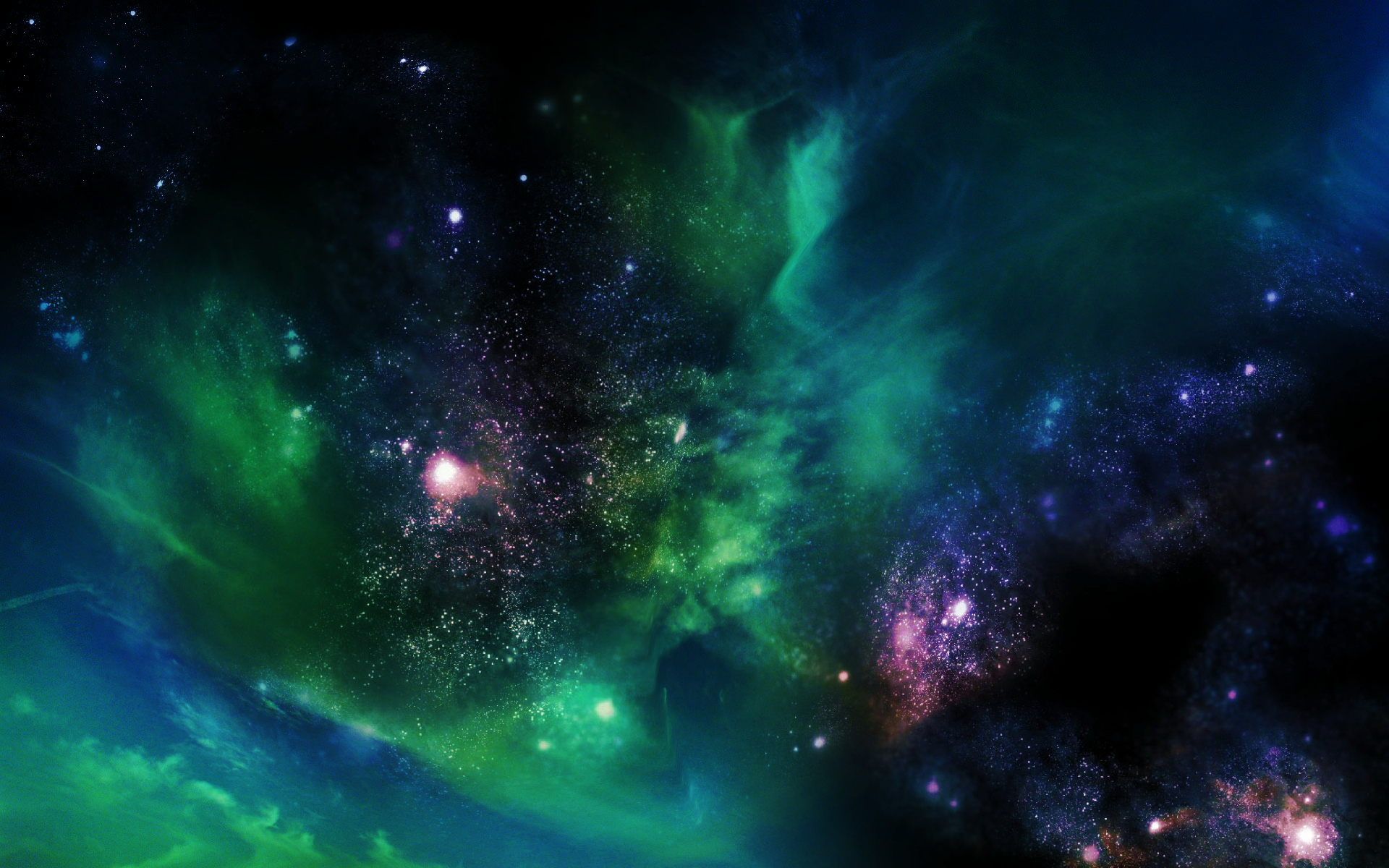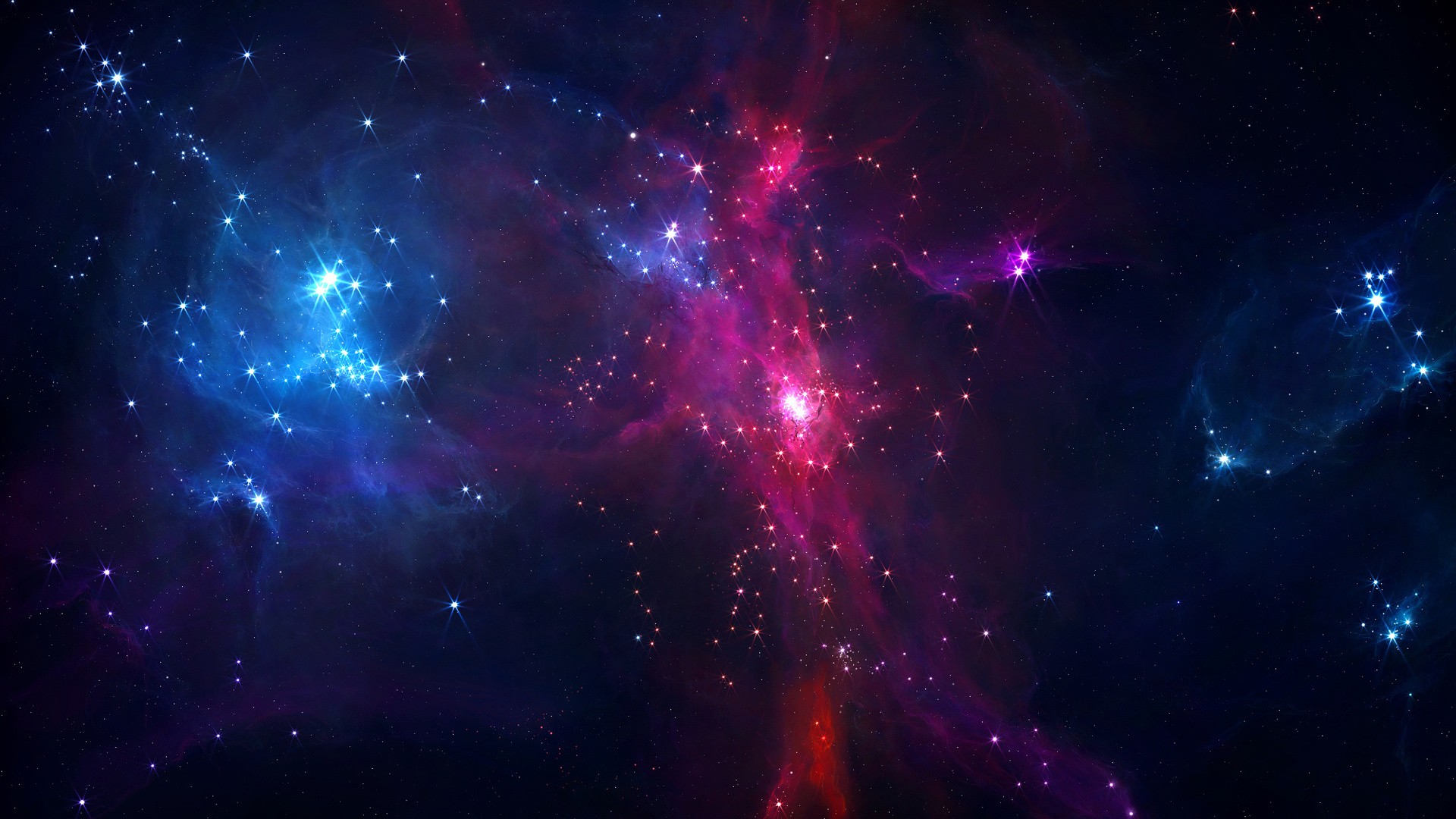One particular goal of JWST involves observing some of the most distant events and objects in the Universe. Another goal is understanding the formation of stars and planets. This will include direct imaging of exoplanets.

(SETI) alien hunters look for signs of extraterrestrial life in Trappist-1, a newly discovered solar system, by listening to radio surveillance.

Astronomers have found seven Earth-sized planets around a cool red dwarf, all of which have the potential for liquid surface water.

A very simple chemical analysis is being developed by NASA scientists that could someday be used by robotic missions on other worlds to detect alien biology.

The Wolf 1061 star system is only 14 light-years away and a team of astronomers are doing the groundwork to begin looking for signs of extraterrestrial biology in one of its planet.
ESO has signed an agreement with the Breakthrough Initiatives to adapt the Very Large Telescope instrumentation in Chile to conduct a search for planets in the nearby star system Alpha Centauri.

A consortium launched a crowdfunding campaign for an optical instrument that could search for planets in Alpha Centauri.

An international team of researchers have found another planet orbiting a red dwarf; in this case, a small super-Earth less than 33 light years away.

A team of ex-NASA scientists is now seeking private funding to scour the Alpha Centauri system for habitable planets.

Two red dwarfs and their accompanying gas giant were discovered through a microlensing event -- but their true nature could only be confirmed by Hubble.

As far as stars go, these two are rather close together to have such massive, Jupiter-sized planets orbiting them. The planets and their stars were found 154 light-years away in the constellation Libra.

A new planet that bears striking similarities to our own planet prompts remarkable inroad into the study of space. This also brings a new area to search for the possibility of extraterrestrial life.

New research shows that GJ 1132b might possess a thin, oxygen atmosphere — but no life due to its extreme heat.

Scientists are preparing to unveil a new planet in our galactic neighborhood which is "believed to be Earth-like" and orbits its star at a distance that could favor life. The exoplanet orbits a well-investigated star called Proxima Centauri, part of the Alpha Centauri star system.

"Tabby's Star" has dramatically dimmed. Something passed in front of it, dimming its starlight a whopping 20 percent and other jumbled transit signals revealed that something wasn't quite right with this particular star.